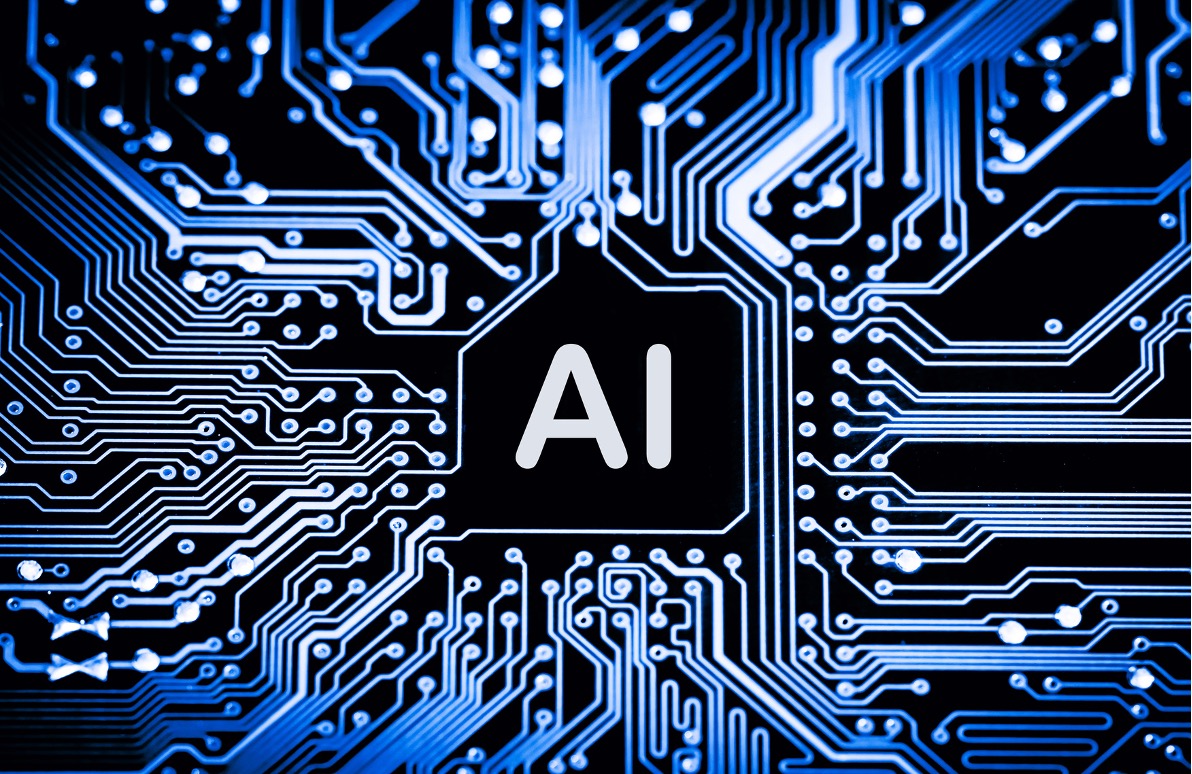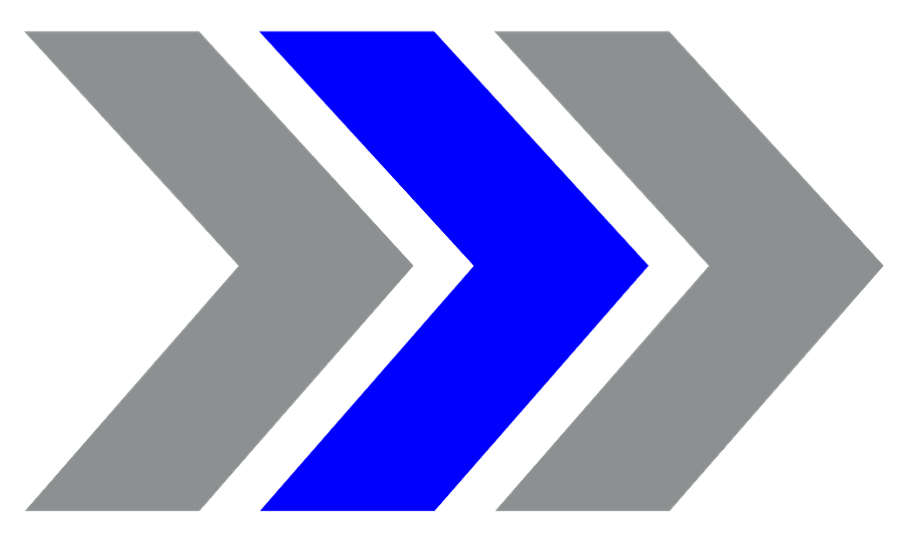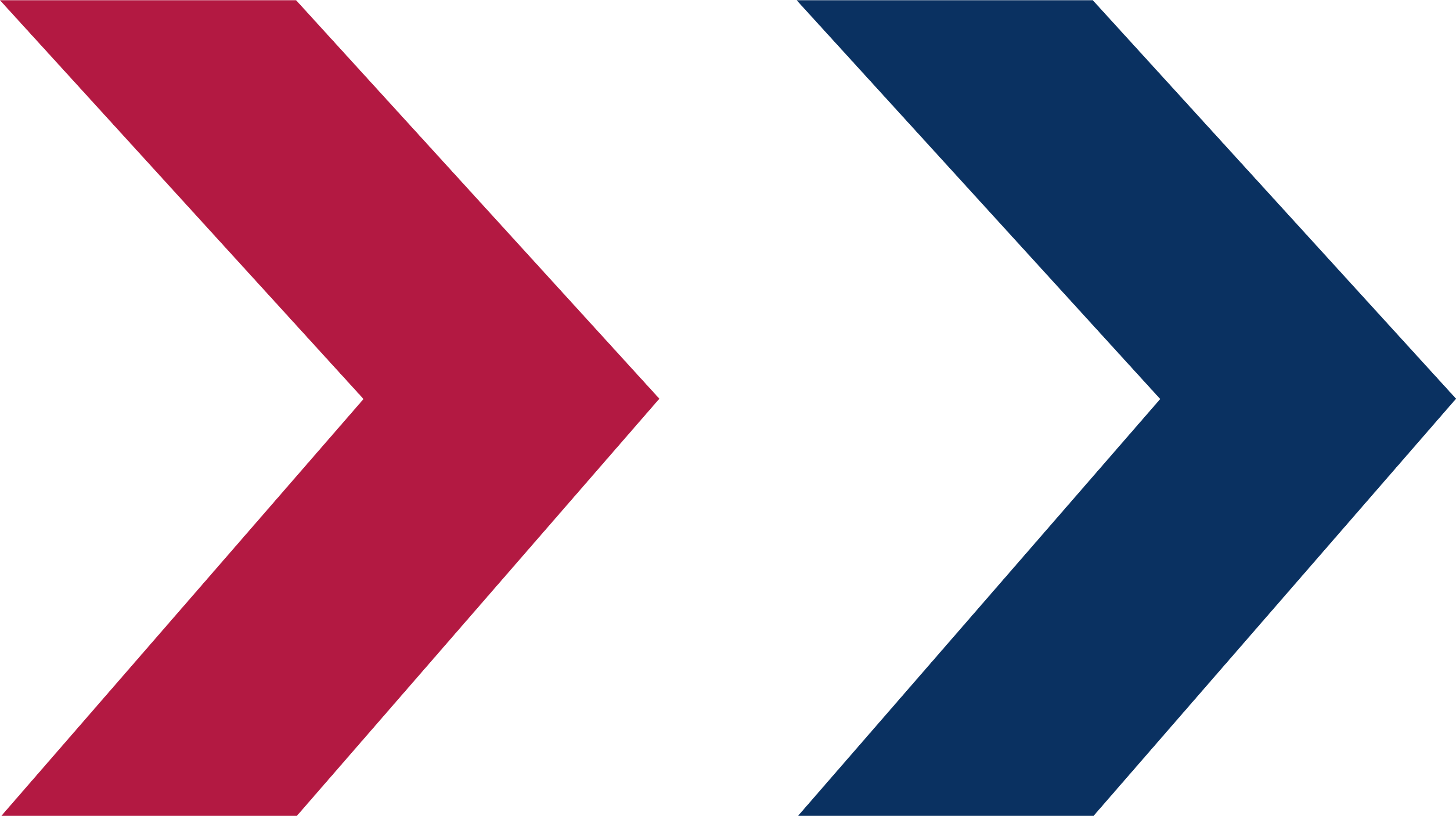By Shari Onda, CFCE, GCFE, GISF, GASF, Forensic Analyst
In our visually driven world, image authenticity is more critical than ever. From social media posts to news reports, digital images shape our perceptions and inform our decisions. However, the rise of sophisticated image manipulation tools and AI-generated images raises a pressing question: Is what you’re seeing real? Understanding how to spot generated images and knowing when to consult a professional is essential in navigating this complex landscape.
Spotting Generated Images: Key Indicators
- Unnatural Details and Inconsistencies – AI-generated images often excel in creating realistic visuals, but they can still harbor subtle inconsistencies. Look for unnatural details, such as asymmetrical facial features, inconsistent lighting, or improbable backgrounds. These minor anomalies can indicate manipulation.
- Pixel-Level Analysis – At the pixel level, altered images may show irregularities that are not visible to the naked eye. This can include pixelation in unexpected areas, blurred edges, or mismatched shadows. Zooming in and closely examining the image can reveal these tell-tale signs.
- Metadata Examination – Every digital image contains metadata—information about how and when the image was created. By analyzing metadata, you can uncover discrepancies. For example, if an image claims to be from a specific event but has metadata suggesting a different creation date, this could indicate manipulation.
- Reverse Image Search – Using reverse image search tools like Google Images or TinEye can help identify an image’s origin. If the search results show multiple instances of the same image with different contexts, it might be a sign of alteration or misuse.
- Common AI Artifacts – AI-generated images can exhibit common artifacts, such as unusual patterns or repetitive textures. These artifacts result from the algorithms used to generate the images and can serve as a clue to their artificial nature.
When to Consult a Professional
While these methods can help you spot generated images, there are instances where consulting a digital forensics professional is necessary. Professionals leverage advanced tools and methodologies to analyze images with precision.
- Legal and Corporate Investigations – The integrity of digital images is paramount in legal cases or corporate investigations. Digital forensics experts use sophisticated techniques to verify the authenticity of images, ensuring that the evidence presented is reliable.
- High-Stakes Decision Making – When images influence high-stakes decisions, such as media reporting, political campaigns, or financial transactions, the cost of relying on false visuals can be significant. Professional analysis provides the assurance needed to make informed decisions.
- Complex Manipulations – Some manipulations are so advanced that they evade basic detection methods. Professionals employ AI algorithms that excel in recognizing patterns within massive datasets. These capabilities allow for the detection of minute alterations that might elude the human eye, ensuring thorough and accurate analysis.
The Role of AI in Digital Forensics
AI’s pattern recognition capabilities are invaluable in digital forensics. When investigating altered digital images, AI can detect subtle changes by analyzing vast amounts of data quickly and accurately. This includes identifying manipulated pixels, detecting inconsistencies in lighting and shadows, and uncovering hidden details that traditional methods might miss.
Conclusion
In an age where digital images can be easily manipulated, knowing how to spot generated images and when to seek professional help is crucial. By staying vigilant and leveraging both manual and advanced AI-driven techniques, you can ensure the authenticity of the visuals you encounter. For high-stakes situations or complex cases, consulting a digital forensics professional can provide the certainty needed to make informed decisions.
Stay informed, stay vigilant, and don’t hesitate to seek expert advice when in doubt. The integrity of what you see matters more than ever!







